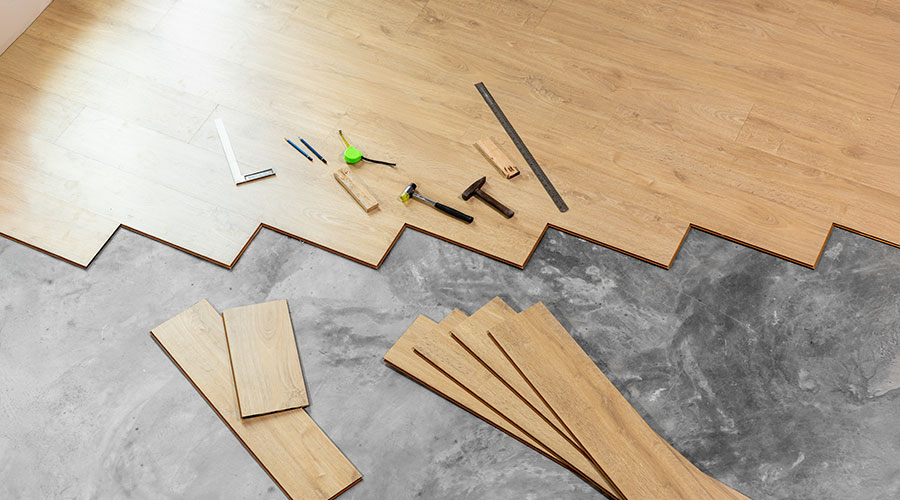Avoiding Poor Flooring Performance With Proper Specifications
What are the overlooked factors in specifying floor coverings that lead to poor performance?
There are plenty of them, but the most significant and overlooked aspect is the recognition that it is vital to have a well-trained installer install the product. Whatever facility managers paid for the floor covering material, it sits in a box and is generally worthless until it's installed correctly.
If you don't pay attention the people who are going to install the product, it's a matter of course...the customer talks to a distributor or dealer. They buy the product from the dealer and then the installer is going to be a subcontractor from the dealer. The customer just lost all control over that installation. If the dealer brings in someone who doesn't have the proper training, then the investment that they made in that product is forfeit. It's vital that the end user should require legitimate training certification for anyone who goes to install the product in their building.
There is third party documentation available. Very often in floor covering, one installer learns off of another installer learns off of another installer. Someone comes into the industry as a helper, and they're a helper for a year, year and a half until they can buy their own truck. Once they have their own truck, they're in business for themselves and they're just going on what they've learned over the last year and a half. And they might have learned it off of someone who might have been doing it wrong in the first place. Getting third party endorsements will help to judge the credentials that someone is bringing to the jobsite. That way you know they actually went someplace to get formalized training.
Proper Preparation. Failing to prepare is preparing to fail. If you don't do the proper preparation for the installation, the installation is going to fail. If you do a great installation with a great product on a substrate that isn't suitable for the floor, the floor is going to bounce. If there is not consistent and routine mitigation for moisture prior to the installation of the product, then the product is in danger.
Moisture Mitigation. Moisture causes more floor covering failures than anything else. It's very important that the end user recognizes the need for a history of moisture content within a substrate prior to the installation of any moisture-sensitive floor covering product. Concrete substrates always have moisture. When you cover that substrate, you change the dynamics within the substrates where you may force moisture that was dormant at the bottom of the substrate to come to the top. If you have a sensitive floor covering, it won't be able to withstand the pressure of the moisture working itself out.
Too often people don't pay attention to the moisture content in the substrate until the contractor shows up, and by then it's way too late. The general contractor at the initial part of the job needs to have a consistent reading of the moisture content within the substrate so you have a history before the flooring contractor even shows up.
Proper Selection and Maintenance. Go to a qualified floor contractor with experience and known track record to make the specification. They'll be able to tell you the most up to date products and changes in the industry. The flooring contractor will know more about the floor product, proper installation and usages than the design community.
In choosing the product, think about the lifetime cost. Think about the usage, the space and how you're going to have to maintain it. Keep the dirt out of the building. A good matting system, walk off system at the entrance of the building will keep a lot of your problems out the door.
Responses by John McGrath, Director of INSTALL, the International Standards and Training Alliance
Related Topics:













